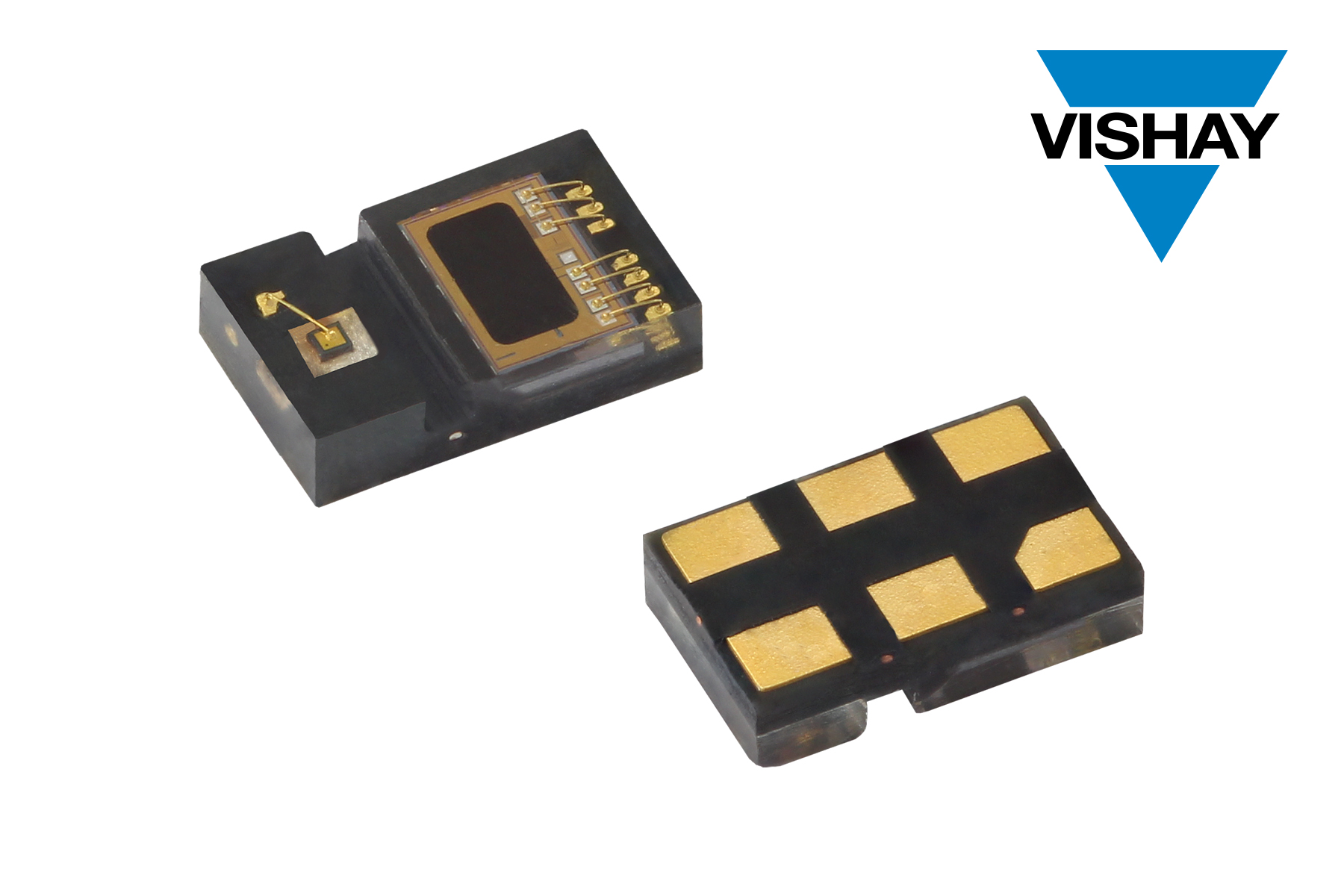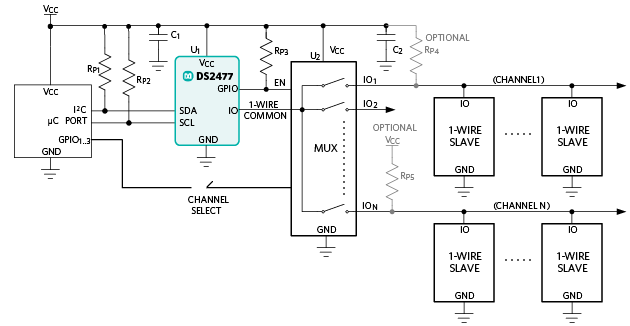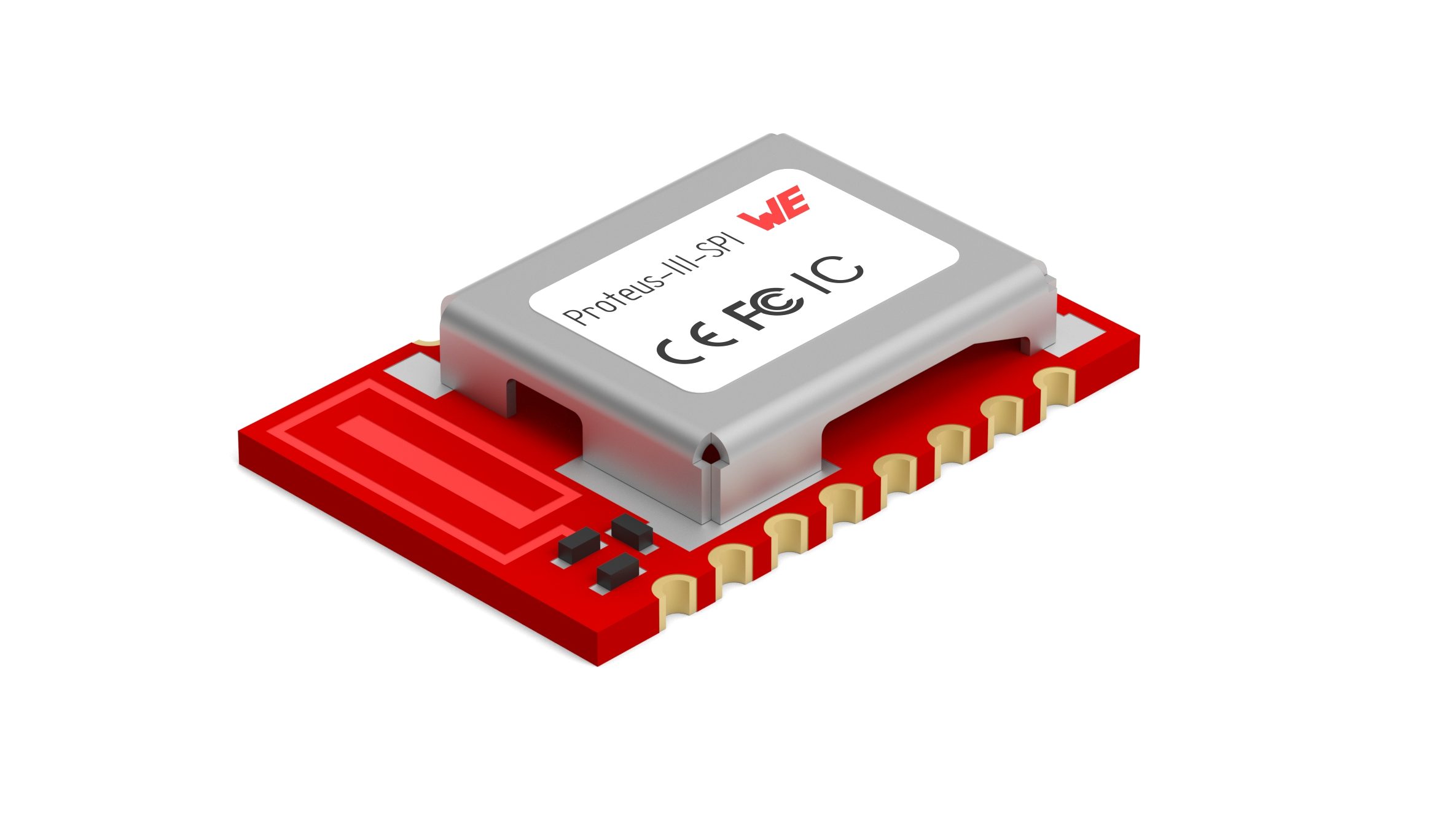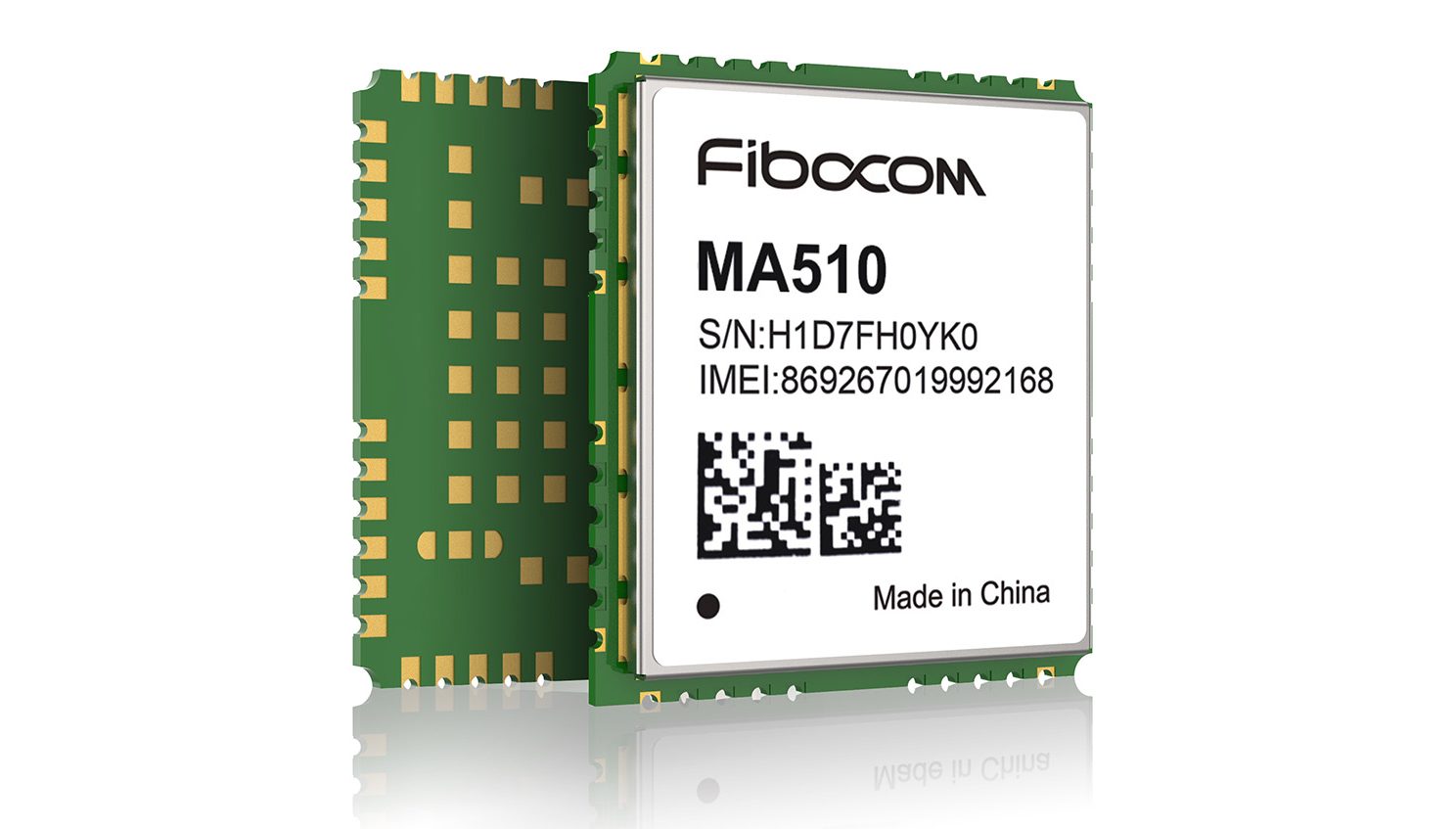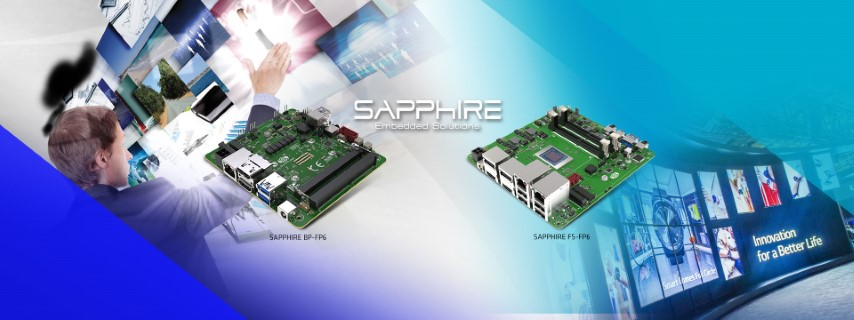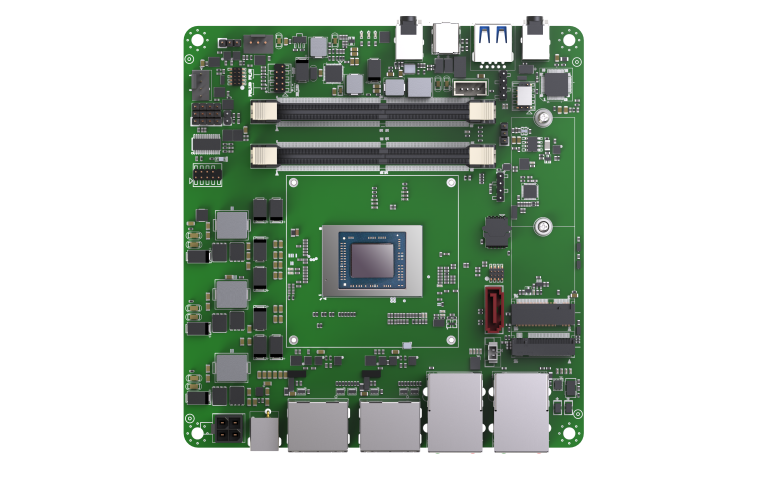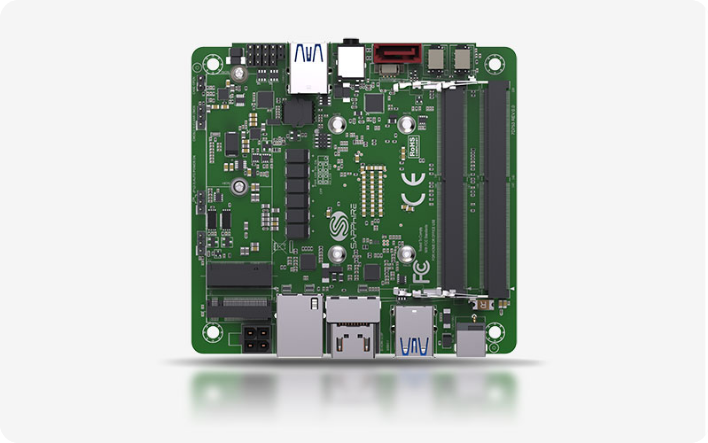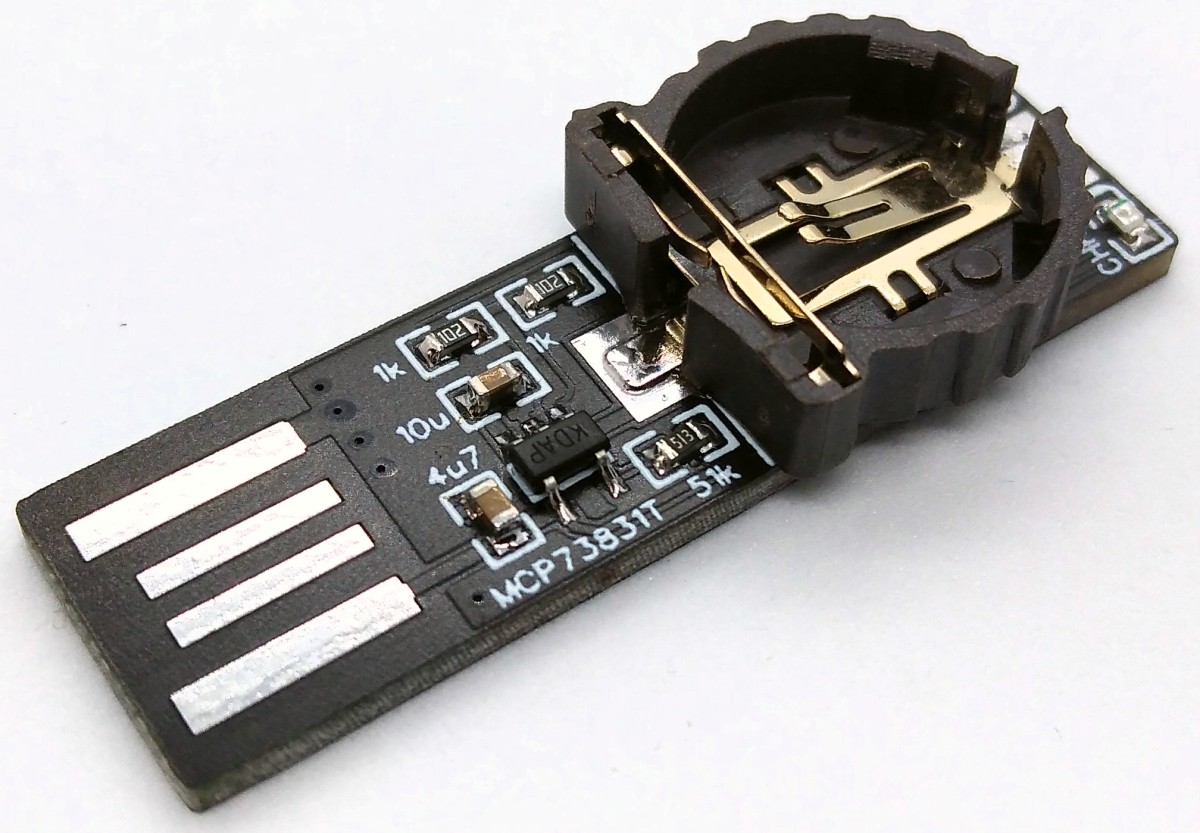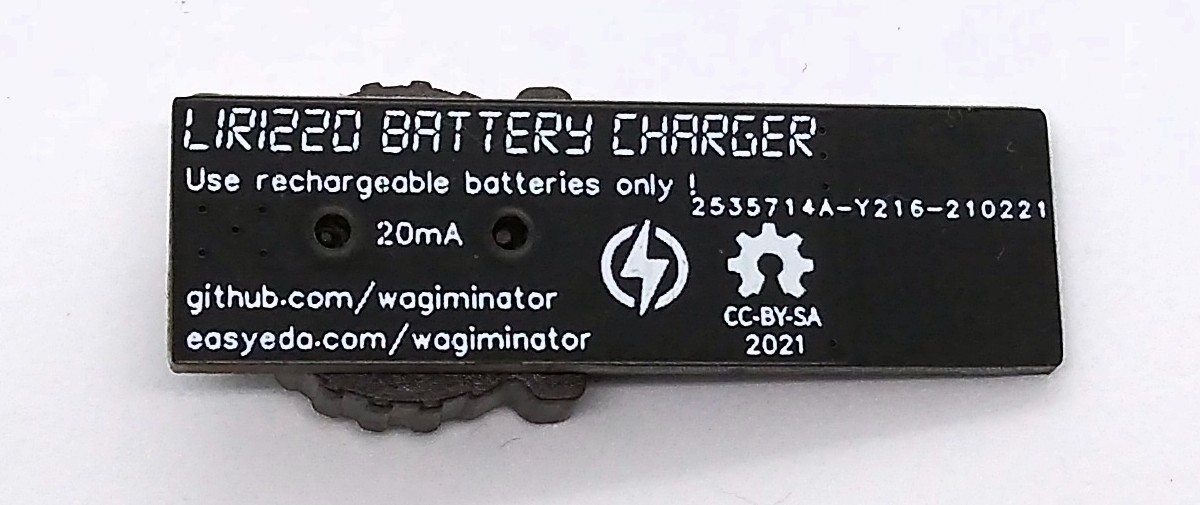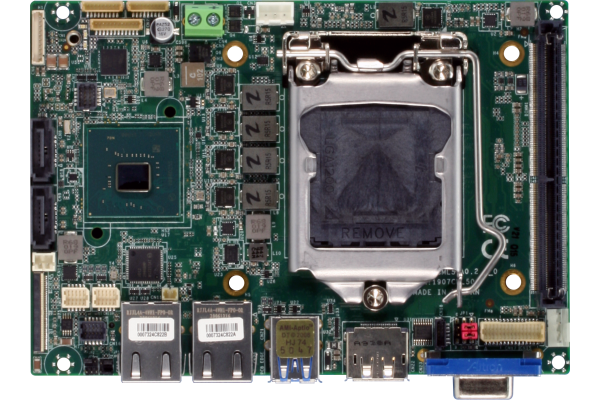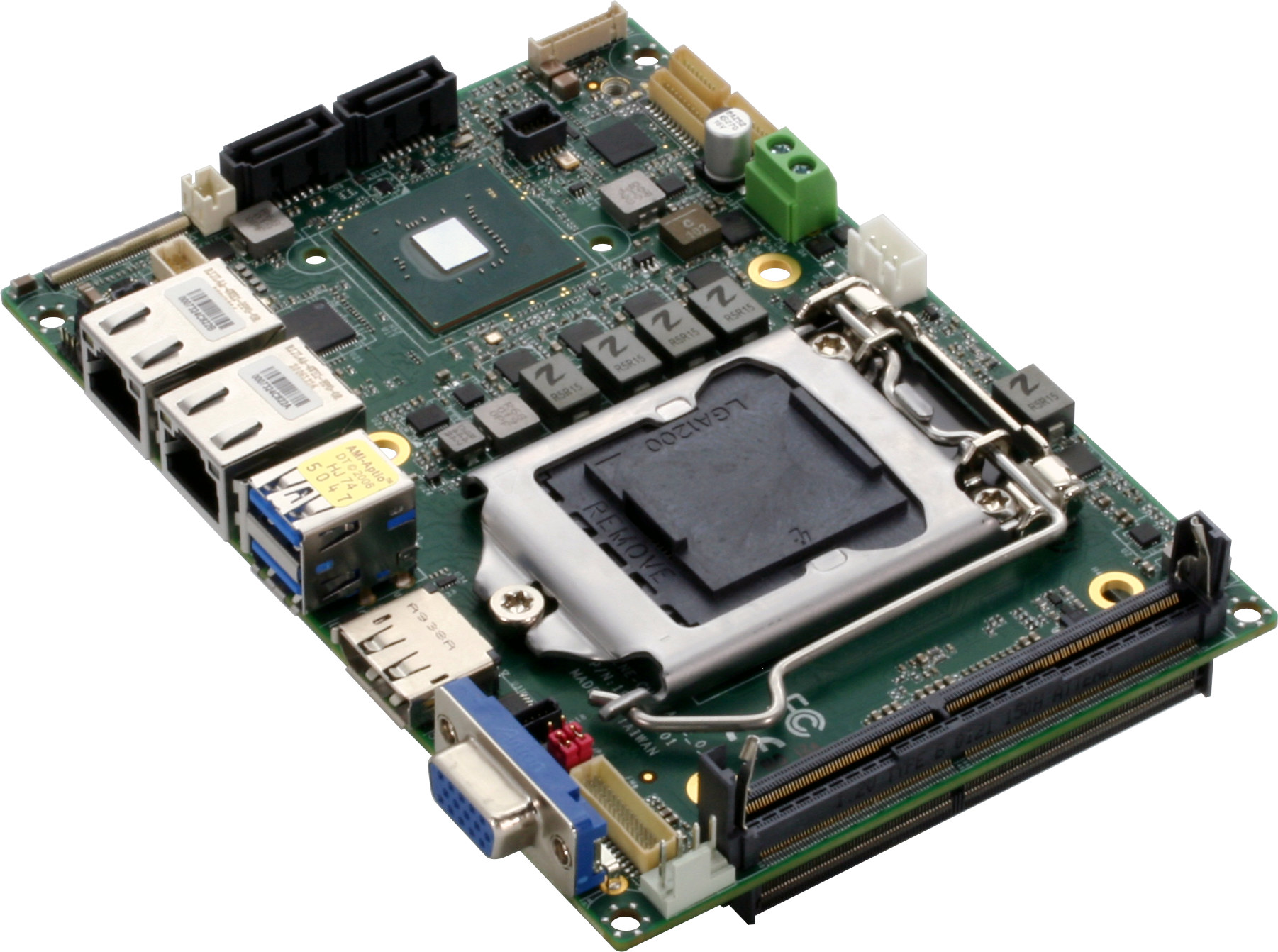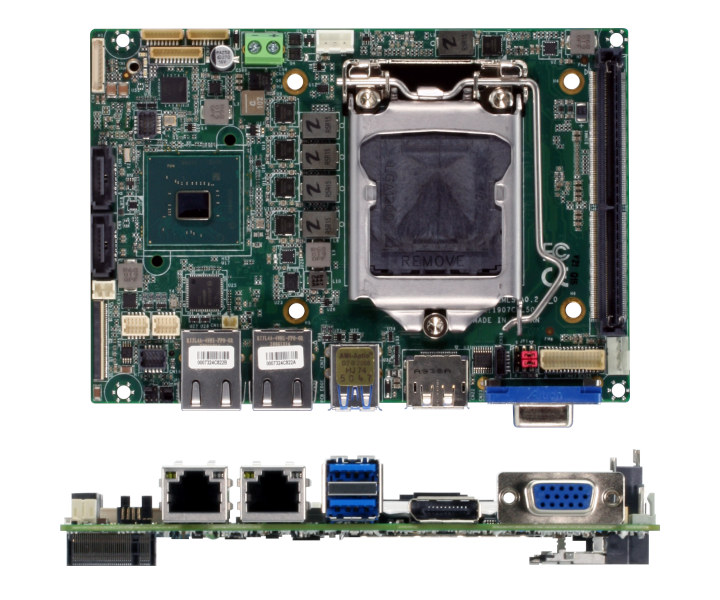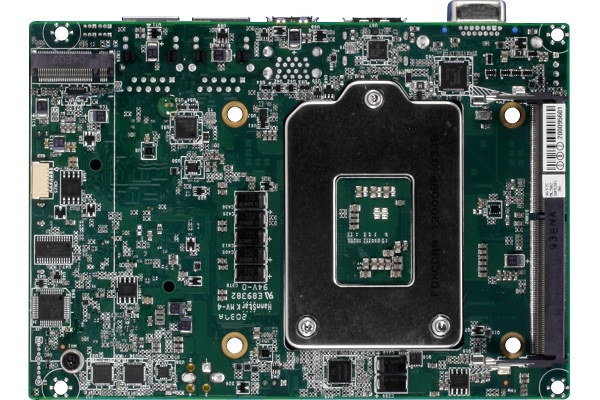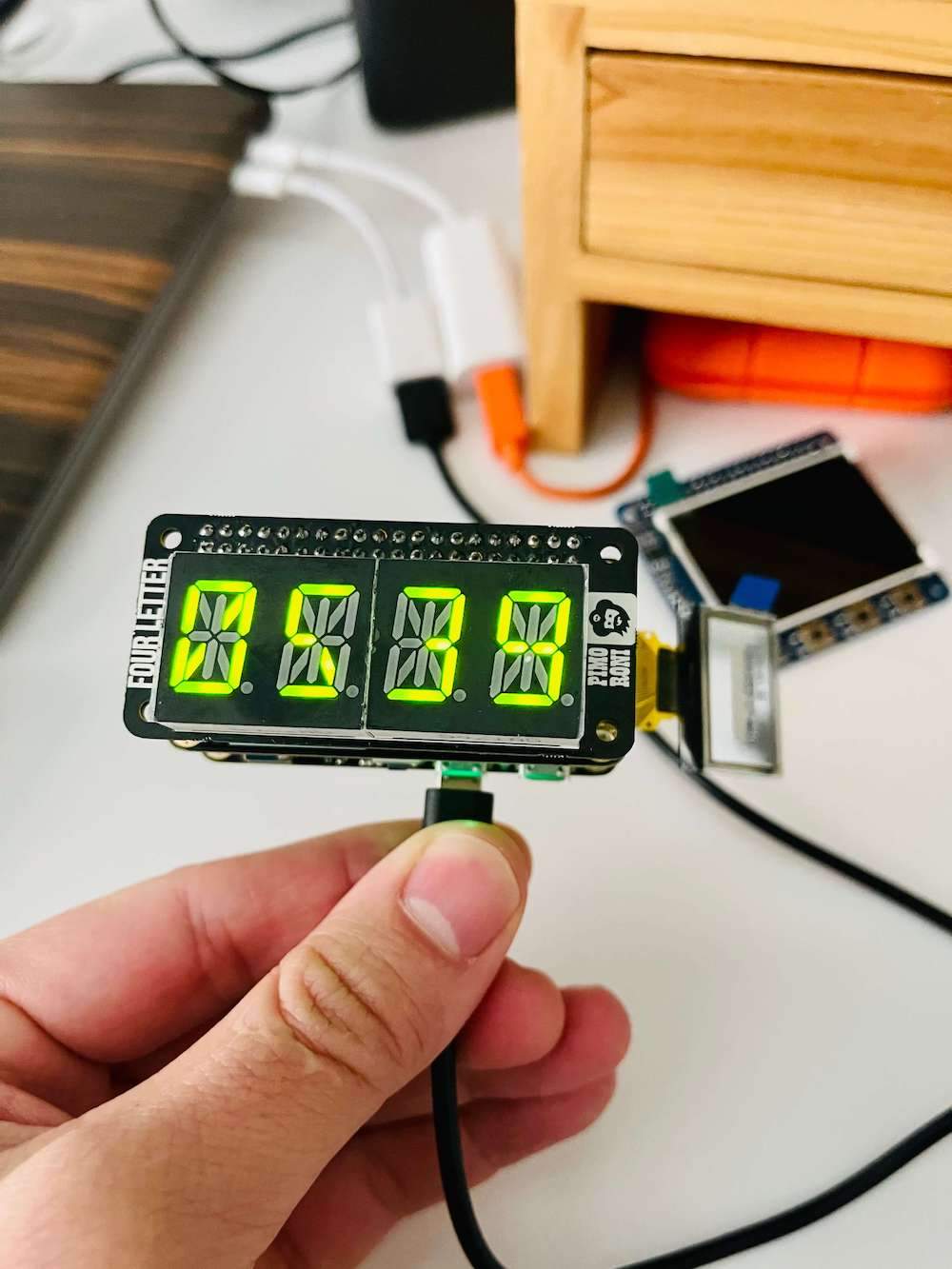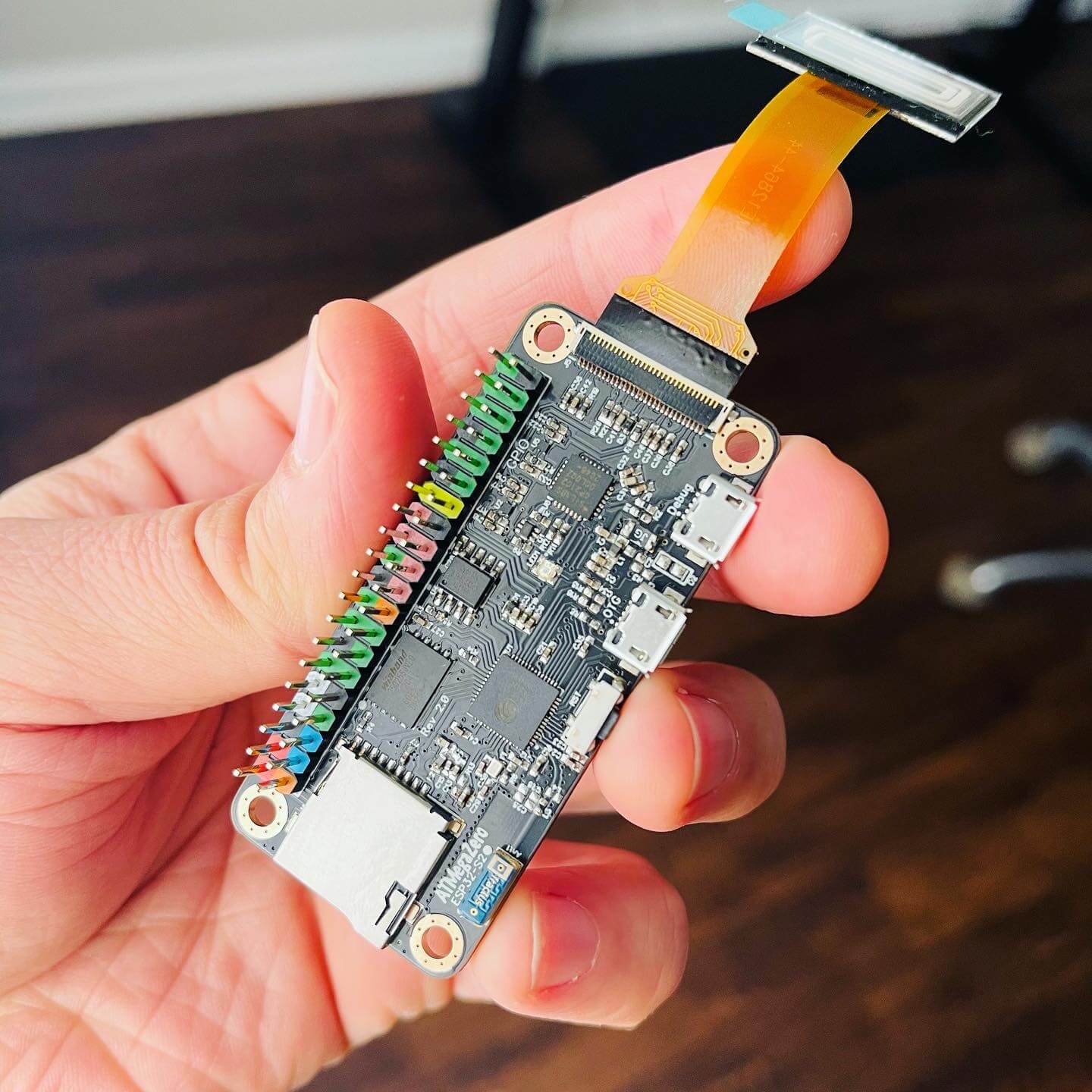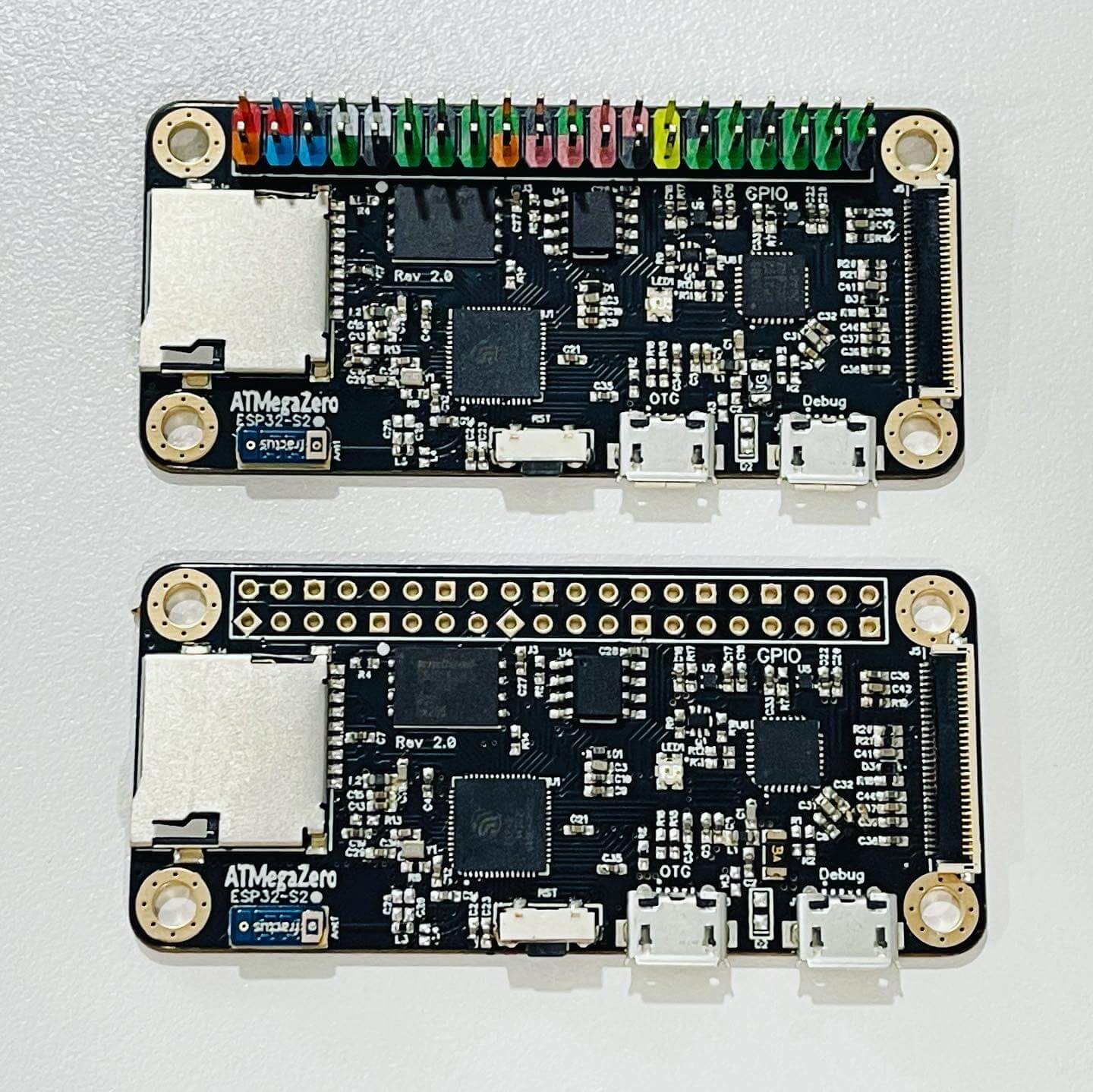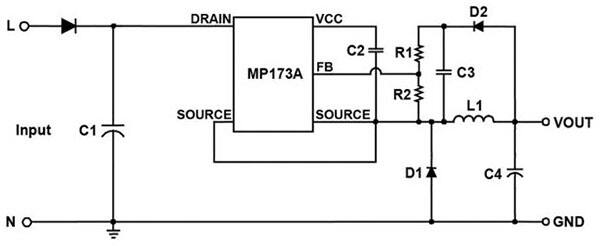Featuring a VCSEL and Small 1.6 mm Light Hole, Device is Ideal for Consumer and Industrial Applications, Including TWS Earphones and VR / AR Headsets
The Optoelectronics Group of Vishay Intertechnology, Inc. today introduced a new fully integrated proximity sensor designed to increase efficiency and performance in consumer and industrial applications. Featuring a vertical-cavity surface-emitting laser (VCSEL), the Vishay Semiconductors VCNL36825T combines a photodiode, signal processing IC, and 12-bit ADC in a compact 2.0 mm by 1.25 mm by 0.5 mm surface-mount package with a small 1.6 mm light hole.
As compared to previous-generation devices, the newly released proximity sensor offers a 76 % smaller package, while its reduced light hole opening provides increased design flexibility — all at a lower cost. The VCNL36825T’s small size makes it ideal for space-constrained battery-powered applications, such as detecting if users are wearing or not wearing true wireless stereo (TWS) earphones or virtual reality / augmented reality (VR / AR) headsets. With a range of 200 mm, it also provides collision detection in toys and consumer and industrial robots. The proximity sensor features low power consumption down to 6.63 µA to increase efficiency in these applications.
Specifications
- Part number: VCNL36825T
- Function: PS + VCSEL
- Package size (mm): 2.0 x 1.25 x 0.5
- Supply voltage (V): 2.64 to 3.6
- I²C bus voltage (V): 1.7 to 3.6
- VCSEL Driving current (mA): 20
- Operating range (mm): 200
- Min. Power consumption (µA): 6.63
- Proximity resolution: 12 bits
The VCNL36825T supports the I²C bus communication interface for easy access to the proximity signal, while its programmable interrupt function allows designers to specify high and low thresholds to reduce the continuous communication with the microcontroller. The proximity sensor uses intelligent cancellation to eliminate cross-talk, while a smart persistence scheme ensures accurate sensing and faster response time. The VCSEL wavelength peaks at 940 nm and has no visible “red-tail.”
The device offers excellent temperature compensation from -40 °C to +85 °C, and a Moisture Sensitivity Level (MSL) of 3 — in accordance with J-STD-020 — for a floor life of 168 hours. The sensor is RoHS-compliant, halogen-free, and Vishay Green.
Samples and production quantities of the VCNL36825T are available now, with lead times of eight to 12 weeks for large orders.


